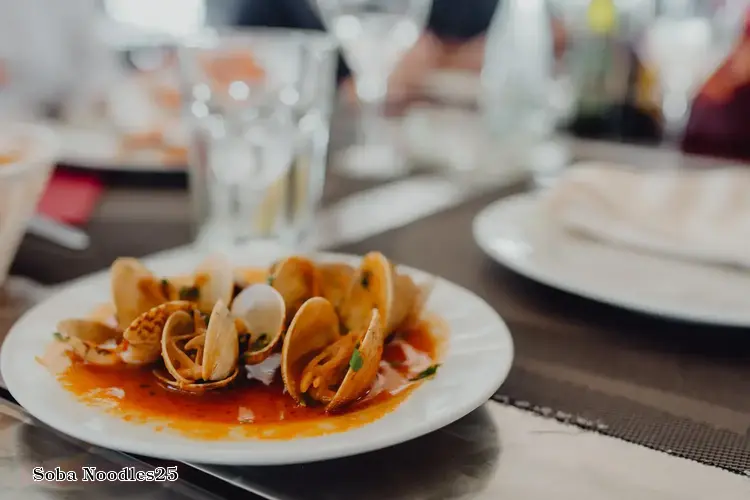

In the realm of Japanese gastronomy, soba noodles stand as a culinary masterpiece, revered for their delicate flavor, versatility, and cultural significance. These thin, buckwheat noodles have woven their way into the fabric of Japanese cuisine, becoming an integral part of both everyday meals and special occasions.
Origins and History
Soba noodles trace their roots back to the 16th century, when buckwheat was introduced to Japan from China. Initially used as a substitute for rice during times of famine, buckwheat gradually gained popularity as a unique and flavorful ingredient. By the Edo period (1603-1868), soba noodles had become a staple food, particularly among the common people.
Ingredients and Production
Soba noodles are made from a combination of buckwheat flour and wheat flour. The ratio of buckwheat to wheat varies depending on the region and the desired texture. The noodles are typically made by hand, using a technique called "soba-uchi." This involves mixing the flour with water to form a dough, which is then kneaded, rolled out, and cut into thin strands.
Types of Soba Noodles
There are numerous types of soba noodles, each with its own distinct characteristics:
Nutritional Value
Soba noodles are a good source of dietary fiber, which is essential for digestive health. They are also low in calories and fat, making them a healthy choice for those looking to maintain a balanced diet. Additionally, soba noodles contain antioxidants and other beneficial compounds that may have health-promoting effects.
Culinary Versatility
Soba noodles are incredibly versatile and can be enjoyed in a wide variety of dishes. They can be served cold or hot, with a variety of toppings and sauces. Some popular ways to enjoy soba noodles include:
Cultural Significance
Soba noodles hold a special place in Japanese culture. They are often associated with the New Year and are believed to bring good luck and prosperity. Soba noodles are also a popular food for summer festivals and other special occasions.
Conclusion
Soba noodles are a culinary treasure that embodies the essence of Japanese cuisine. Their delicate flavor, versatility, and cultural significance have made them a beloved food for centuries. Whether enjoyed as a simple meal or as part of a festive celebration, soba noodles continue to delight and nourish people across Japan and beyond.
DISCLAIMER: This information is provided for general informational purposes only, and publication does not constitute an endorsement. Kwick365 does not warrant the accuracy or completeness of any information, text, graphics, links, or other items contained within this content. Kwick365 does not guarantee you will achieve any specific results if you follow any advice herein. It may be advisable for you to consult with a professional such as a lawyer, accountant, or business advisor for advice specific to your situation.
today
Copyright © 2025 KwickEAT.com
Designed by KwickPOS is the best restaurant POS